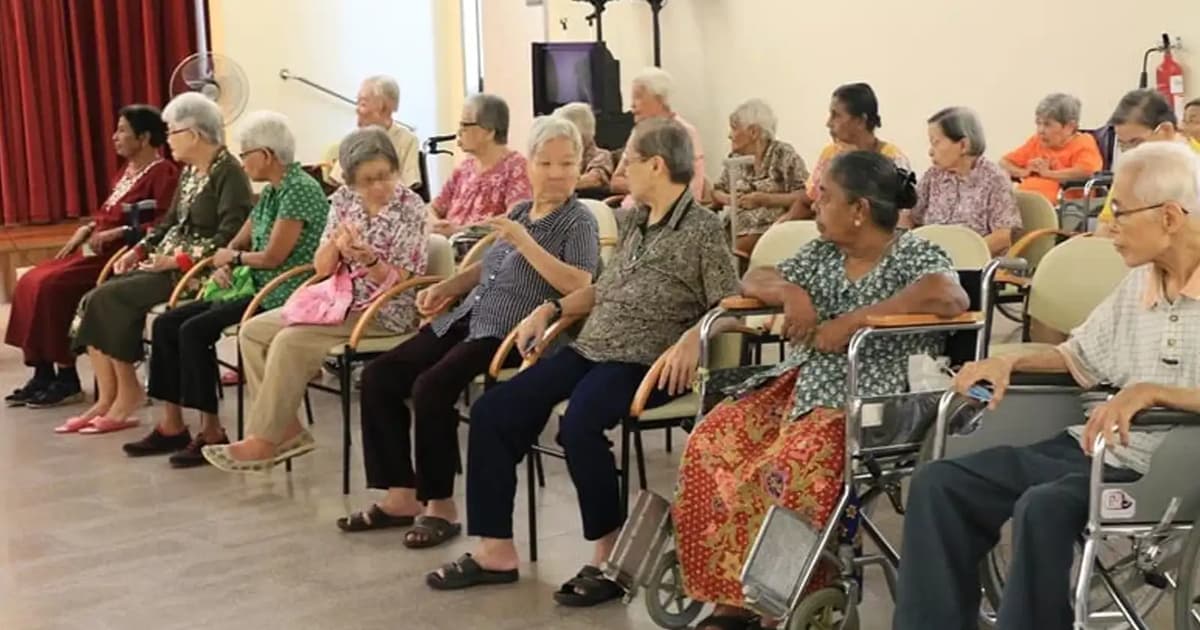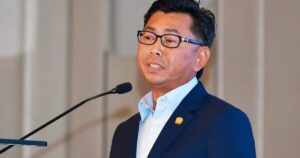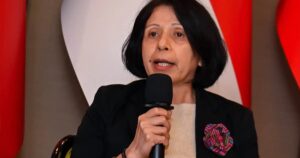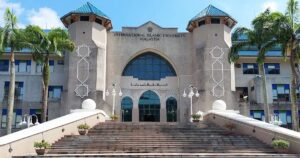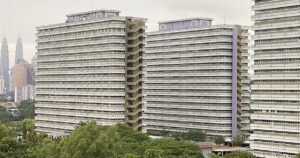
In conjunction with the World Social Security Forum 2025 taking place in Kuala Lumpur from Sept 29 to Oct 3, Malaysia faces a critical moment to reassess and confront pressing social security challenges.
Malaysia’s aging population is growing rapidly. Urban social issues such as beggars and vagrants in city centres are increasingly visible, public hospitals are overwhelmed, EPF retirement savings are alarmingly depleted for the majority, and medical insurance premiums are soaring year after year.
These intersecting issues demand urgent, holistic, and bold measures by the Social Security Organisation (Perkeso) and the wider social security apparatus to restore public confidence and adequately support Malaysia’s vulnerable and aging citizenry.
Our aging population: numbers that cannot be ignored
Malaysia’s demographic transition is clear. As of 2025, the elderly population aged 65 and above constitutes approximately 8% of the nation’s 34.2 million people, with 12 states classified as “aging states” where the elderly population surpasses 7%.
Perak leads with 10.3% elderly residents, highlighting the expanding care and welfare needs beyond the urban hubs.
This growth outpaces the capacity of existing support systems and social infrastructure designed in an earlier era.
Social disquiet in cities: beggars and vagrants on the rise
Urban centres are visibly challenged by increasing numbers of homeless individuals, beggars, and vagrants. It is a stark symptom of poverty, inadequate social safety nets, and growing inequality.
This issue is more than a social embarrassment, it is a clarion call for integrated policies that connect social security with housing, health, employment, and community rehabilitation.
Without addressing root causes, these vulnerable populations will continue to grow at the margins, undermining the fabric of urban society.
Public hospitals strained beyond capacity
The healthcare system is under mounting pressure as hospitals grapple with surging caseloads, driven by an aging population, and the prevalence of chronic conditions.
Hospital beds are filling up quickly, ambulatory care services are stretched thin, and waiting times have increased.
Without comprehensive support for palliative care and preventative health in the community, this crisis will worsen, leading to reduced quality of care and increased public health costs.
EPF savings: a worrying depletion
The Employees Provident Fund, a cornerstone of retirement security for Malaysians, reveals worrying statistics.
Over 80% of the population under the EPF scheme have insufficient retirement savings, with more than 35% of members aged 54 and above having less than RM10,000 saved.
This is far below what is considered a sustainable threshold for retirement living. The disparity is striking, only about 7.8% of active EPF members have savings exceeding RM300,000, the minimum benchmark for a reasonable retirement cushion.
This depletion is compounded by economic pressures, wage stagnation, rising costs of living, and inadequate financial literacy, placing millions at risk of poverty in their old age.
EPF’s current structure, divorced largely from the realities of rising medical and living costs, is insufficient to safeguard Malaysia’s future retirees fully.
Medical insurance premiums rising steadily
Malaysia faces a sharp rise in medical inflation, with annual medical cost increases reported at 15% in 2024.
This is considerably higher than inflation rates in many developed economies. It has also driven medical insurance premiums up between 30% and 50%, forcing many Malaysians to either reduce coverage or forgo insurance altogether.
Such trends threaten to place basic healthcare out of reach for many, especially the aging population, who face greater healthcare needs.
Perkeso at a crossroads: restoring faith and relevance
Perkeso plays a central role in Malaysia’s social safety net, yet faces intense scrutiny over whether it can remain relevant to the evolving needs of society.
Perkeso’s original mandate focused on workplace injury and disability protection, but the changing demographic and economic landscape calls for a broader vision embracing long-term aging support, disability care, and health security beyond working years.
Despite its size and significance, Perkeso is criticised for sometimes prioritising large infrastructure projects, including new and luxurious buildings, rather than channelling resources directly toward social support that tangibly benefits the vulnerable.
Such investments risk public perception that the organisation is out of touch with its social purpose.
Malaysia needs bold reforms
The World Social Security Forum 2025 provides a unique platform for Malaysia to showcase and adopt forward-thinking reforms to our 32 million people.
- Integrate EPF and Perkeso schemes
Drawing lessons from countries like South Korea, Singapore and Taiwan, Malaysia could explore merging or closely coordinating retirement savings with social security protections. This would simplify claims, consolidate benefits, and create a more robust social financial safety net.
- Invest in affordable elder housing
Social security funds should prioritise affordable, age-friendly housing solutions to counteract the rising elderly homelessness and urban vagrant problem.
Co-housing models and senior residential complexes that combine healthcare and social support could be adopted from leading models worldwide.
- Extend social security beyond working life
Perkeso must expand benefits to provide continuous support for the aging population, not just protection for working individuals.
This could include pensions, long-term care insurance, and healthcare subsidies as fundamental rights.
- Transparent and community-focused spending
Perkeso must embrace transparency, openly linking funds to social investments and community welfare programmes instead of just infrastructure. Demonstrating tangible social returns would rebuild public trust.
- Innovative healthcare financing
Addressing medical inflation requires systemic changes including government regulation, insurance innovations, and preventive health investments, all supported by social security policy adaptations.
Malaysia stands at a social security crossroads amid rising demographic pressures, urban poverty, healthcare strain, and depleted retirement savings.
Perkeso and the broader social security ecosystem must urgently realign priorities to support an aging and vulnerable population through integrated schemes, direct investments in social housing for the aged, and expanded support beyond working years.
The World Social Security Forum 2025 is a timely opportunity for Malaysia to lead by example in redesigning social protection systems that are forward-looking, people-centred, and focused on holistic well-being.
Failure to act decisively risks deepening social inequities and erosion of public confidence just as Malaysia’s elderly population continues to grow.
When one becomes old, it is not the time to be left unsupported, but the moment when the system must robustly stand behind them.
This is the challenge – and opportunity – that Malaysia’s social security institutions must now embrace with vision, courage, and urgency.
The views expressed are those of the writer and do not necessarily reflect those of FMT.
